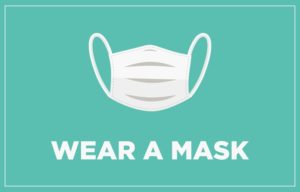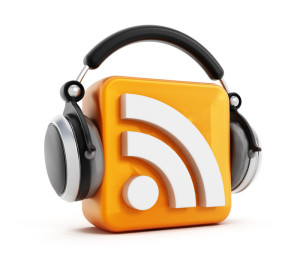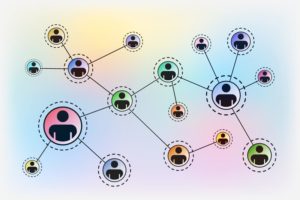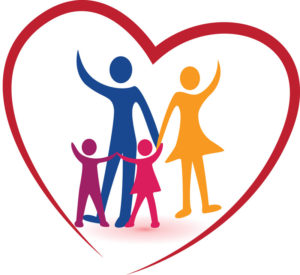Any graph or heat map you look at, one thing is obvious – the coronavirus is out of control and spreading rapidly. New coronavirus cases have jumped by more than a third in the U.S. over the past seven days,  according to data from Johns Hopkins University, the fastest pace since late March. Every day since Election Day, more than 100,000 people in the country have tested positive for the virus with a daily record of over 187,957 new cases last Friday per Worldometers.info. We went from 10 million new cases to 11 million in just one week. And we have lost over 250,000 lives.
according to data from Johns Hopkins University, the fastest pace since late March. Every day since Election Day, more than 100,000 people in the country have tested positive for the virus with a daily record of over 187,957 new cases last Friday per Worldometers.info. We went from 10 million new cases to 11 million in just one week. And we have lost over 250,000 lives.
We saw heartbreaking stories on the news from ICUs in the Northeast during March and April. Then stories from southern states. And now from hospitals in the Midwest. But when you look at the heat maps, the virus is everywhere now.
Listen to any healthcare worker and one more thing is obvious – they are exhausted and burning out. They tell story after story of how hard it is to work 12- and 18-hour shifts caring for COVID patients only to drive home past crowded bars.
We have seen exhausted physicians and nurses share their stories for months. I cannot tell their stories, but I can share them. And I can encourage you to do the same. But more importantly, I can encourage you to take the basic steps needed at this point – messages we have all heard for nearly 9 months now – wear a mask, socially distance, and wash your hands frequently.
This virus is not a hoax. It is not something you can ignore or deny. A story from a nurse in the Dakotas is the latest to go viral. She describes patients who yell at her and say she does not need to wear PPE because they don’t have COVID, right up until they are intubated.
Our healthcare workers truly are heroes, but they are at a breaking point. Our hospitals are at or nearing capacity. There are over 73,000 people hospitalized with COVID, another record since the pandemic started. Field hospitals are opening again in many states. Continue reading







